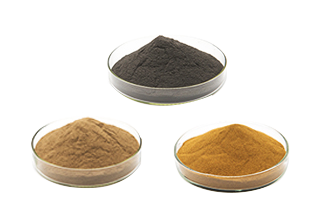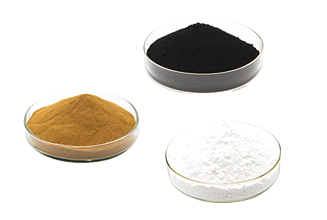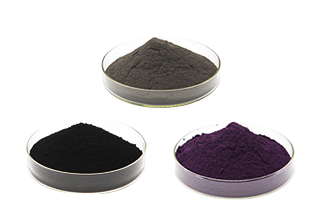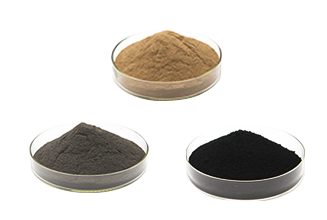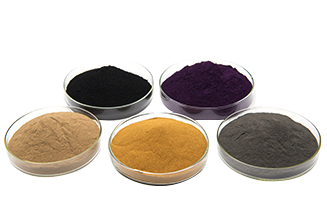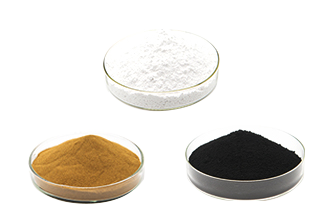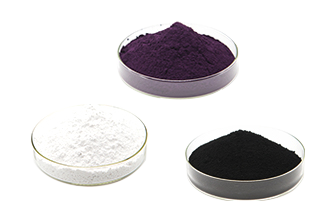Do you know what material can be made of cermet?Talking about the five advantages of cermet
In our impression, metal and ceramics are two materials that have their own representatives, and they also have their own distinctive characteristics. When it comes to cermets, some people are not very clear. Others may think of porcelain teeth first. In fact, cermets are a huge family. If we come to understand it together, we will find that they have many uses.
Five advantages of metal ceramic
1. As we all know, the hardness of cermet is very high, so cold forming tools, cutting tools and golf club heads can be easily produced. These products also have the characteristics of cermet, both hard and sharp.
2. Cermet has higher strength and better toughness than other materials. Cermet is used to make engine parts, such as connecting rods, bearing cylinder linings, piston caps, etc. Many well-known automotive industries use this kind of engine components.
3. Cermet also has good semiconductivity and sensitivity. Some solid electrolyte diaphragms and oxygen concentration sensors are made of it.
4. Due to the certain inertness of cermet, good corrosion resistance and thermal shock resistance, some manufacturers usually use this material when manufacturing electronic combustion plates.
5. The ceramic foam made of cermet can be used for the filtration of high-temperature alloys, and the ceramic foam is used for the filtration of molten steel continuous casting, which has a good purification effect and effectively removes non-metallic inclusions.
What material can be made of cermet?
1.Oxide-based cermet
Oxide-based cermets are made of zirconium, magnesia, aluminum oxide, beryllium oxide, etc. as the matrix, and are compounded with metal tungsten, chromium or cobalt. It has the characteristics of high temperature resistance, chemical corrosion resistance, good thermal conductivity, and high mechanical strength. It can be used as a missile nozzle bushing, a crucible for smelting metal, and a metal cutting tool.
2. Silicide-based cermet
Silicide-based cermets are based on nickel silicide, titanium silicide, zirconium silicide, manganese silicide, iron silicide, cobalt silicide, niobium silicide, vanadium silicide, niobium silicide, tantalum silicide, molybdenum silicide, tungsten silicide, barium silicide, etc. Or a combination of trace metal materials. Among them, molybdenum silicide cermet is widely used in industry.
3. Carbide-based cermet
Carbide-based cermets are made of silicon carbide, titanium carbide, tungsten carbide, etc. as the matrix, and are composited with metals such as cobalt, nickel, chromium, tungsten, molybdenum, etc., and have high wear resistance, high hardness, high temperature resistance, etc. Used in manufacturing cutting tools, high temperature bearings, sealing rings, wire picking die sets and turbine blades.
4. Nitride-based cermet
Nitride-based cermets are based on titanium nitride, boron nitride, silicon nitride and tantalum nitride, which have super-hardness, thermal vibration resistance and good high-temperature creep properties, and are less used.
5. Boride-based cermet
Boride-based cermets are based on vanadium boride, chromium boride, zirconium boride, titanium boride, tantalum boride, tungsten boride, molybdenum boride, niobium boride, hafnium boride, etc., and are composited with some metal materials Become.
6. Metal-based cermet
Metal-based cermets are made by adding fine oxide powder to the metal matrix, and are also called dispersion-reinforced materials. Its high temperature strength, low density, easy processing, corrosion resistance and good thermal conductivity. Commonly used in the manufacture of aircraft and missile structural parts, engine pistons, chemical machinery parts, etc.
.png)
.png)
.png)
Five advantages of metal ceramic
1. As we all know, the hardness of cermet is very high, so cold forming tools, cutting tools and golf club heads can be easily produced. These products also have the characteristics of cermet, both hard and sharp.
2. Cermet has higher strength and better toughness than other materials. Cermet is used to make engine parts, such as connecting rods, bearing cylinder linings, piston caps, etc. Many well-known automotive industries use this kind of engine components.
3. Cermet also has good semiconductivity and sensitivity. Some solid electrolyte diaphragms and oxygen concentration sensors are made of it.
4. Due to the certain inertness of cermet, good corrosion resistance and thermal shock resistance, some manufacturers usually use this material when manufacturing electronic combustion plates.
5. The ceramic foam made of cermet can be used for the filtration of high-temperature alloys, and the ceramic foam is used for the filtration of molten steel continuous casting, which has a good purification effect and effectively removes non-metallic inclusions.
What material can be made of cermet?
1.Oxide-based cermet
Oxide-based cermets are made of zirconium, magnesia, aluminum oxide, beryllium oxide, etc. as the matrix, and are compounded with metal tungsten, chromium or cobalt. It has the characteristics of high temperature resistance, chemical corrosion resistance, good thermal conductivity, and high mechanical strength. It can be used as a missile nozzle bushing, a crucible for smelting metal, and a metal cutting tool.
2. Silicide-based cermet
Silicide-based cermets are based on nickel silicide, titanium silicide, zirconium silicide, manganese silicide, iron silicide, cobalt silicide, niobium silicide, vanadium silicide, niobium silicide, tantalum silicide, molybdenum silicide, tungsten silicide, barium silicide, etc. Or a combination of trace metal materials. Among them, molybdenum silicide cermet is widely used in industry.
3. Carbide-based cermet
Carbide-based cermets are made of silicon carbide, titanium carbide, tungsten carbide, etc. as the matrix, and are composited with metals such as cobalt, nickel, chromium, tungsten, molybdenum, etc., and have high wear resistance, high hardness, high temperature resistance, etc. Used in manufacturing cutting tools, high temperature bearings, sealing rings, wire picking die sets and turbine blades.
4. Nitride-based cermet
Nitride-based cermets are based on titanium nitride, boron nitride, silicon nitride and tantalum nitride, which have super-hardness, thermal vibration resistance and good high-temperature creep properties, and are less used.
5. Boride-based cermet
Boride-based cermets are based on vanadium boride, chromium boride, zirconium boride, titanium boride, tantalum boride, tungsten boride, molybdenum boride, niobium boride, hafnium boride, etc., and are composited with some metal materials Become.
6. Metal-based cermet
Metal-based cermets are made by adding fine oxide powder to the metal matrix, and are also called dispersion-reinforced materials. Its high temperature strength, low density, easy processing, corrosion resistance and good thermal conductivity. Commonly used in the manufacture of aircraft and missile structural parts, engine pistons, chemical machinery parts, etc.
.png)
.png)
.png)
related news
-
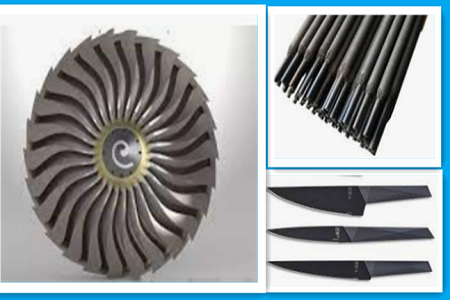 Nov 24, 2021Introduction to the application of titanium carbide (TiC)
Nov 24, 2021Introduction to the application of titanium carbide (TiC) -
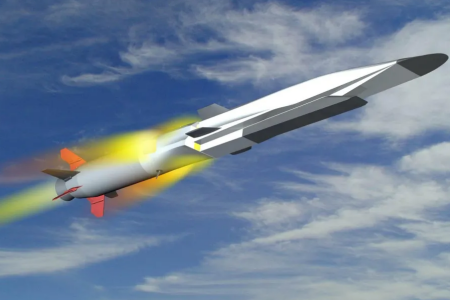 Dec 16, 2021The development status of advanced carbide ceramic materials for aerospace
Dec 16, 2021The development status of advanced carbide ceramic materials for aerospace -
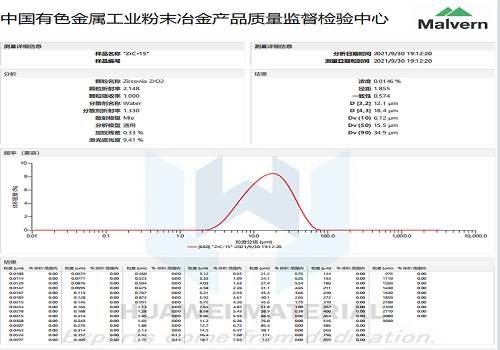 Jan 19, 2022Chemical vapor deposition of zirconium carbide coatings
Jan 19, 2022Chemical vapor deposition of zirconium carbide coatings -
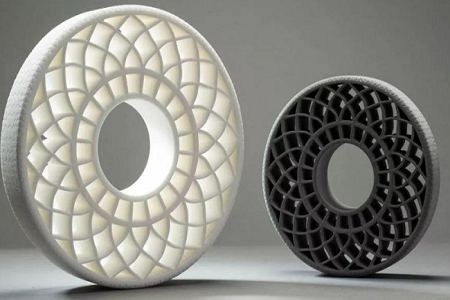 Nov 04, 2021The development status and future direction of 3D printing materials!
Nov 04, 2021The development status and future direction of 3D printing materials!

